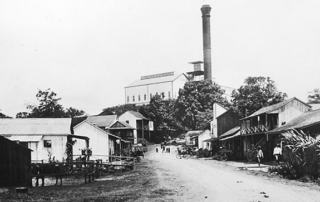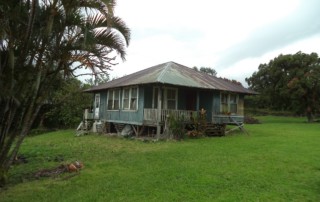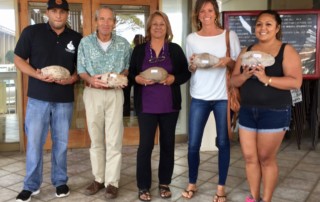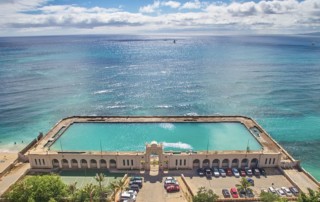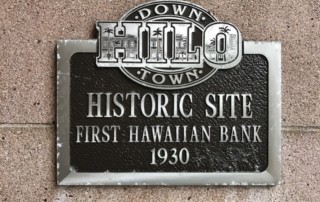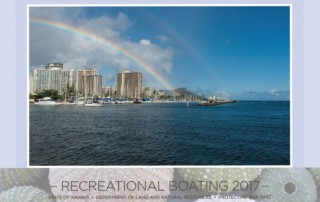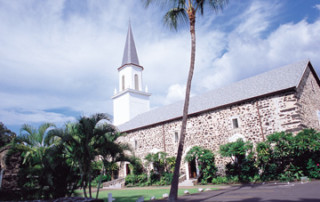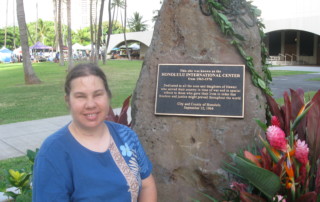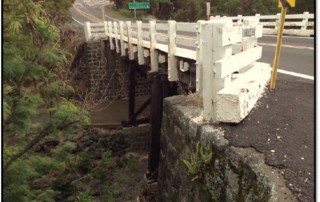Spotlight on a Grantee: YMCA Waipahu Sugar Mill Smokestack
A Symbol of the Sugar Mill's Role as a Community Gathering Place Lives On The Sam and Mary Cooke Preservation Fund for Hawai‘i supports diverse preservation projects with grants ranging from $2,500 to $10,000. Grants are awarded three times a year and the next application deadline is June 1, 2017. Click here for more information. Below is the story of how one grant recipient is benefiting from the Fund. The YMCA of Honolulu, founded in 1869, is the latest recipient of a Cooke Preservation Fund grant. The YMCA has been located on the site of the former O‘ahu Sugar Company in Waipahu since 1989 with the YMCA purchasing two acres in 1997 and Oahu Sugar Company donating an additional two acres (including the smokestack) under the condition that the original smokestack be preserved. In 2007, after the successful completion of a large capital campaign, a new family focused Leeward YMCA opened on the site of the Sugar Mill. Built in 1898, the 170-foot-tall landmark known then as the Oahu Sugar Company mill was an integral part of Waipahu until 1995. The historic building connects children and adults to an important part of their community history, educating and inducing community pride in its heritage. Today the iconic smokestack has deteriorated and stands in disrepair creating a potential safety hazard for surrounding areas. The Cooke Preservation Fund grant is funding part of a concerted effort that will assist with clean up and demobilization of the smokestack with additional phases of the project including testing and permitting, scaffolding that will encircle the smokestack (26 feet high!), cleaning and preparation of the smokestack’s exterior surface and painting of the exterior surface. Waipahu Sugar Mill Campus The smokestack [...]


